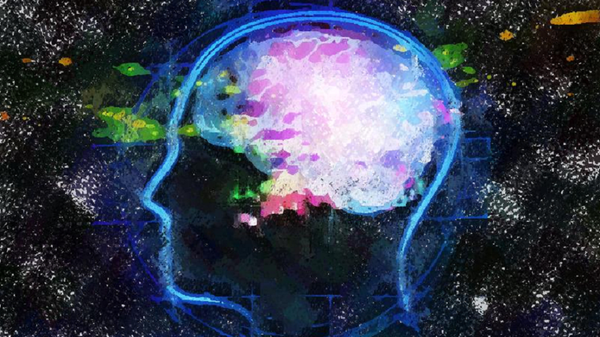An international scientific team, which includes scientists from Russia’s Saratov State Technical University, has created an artificial neural network that detects human ambiguity.
In neuroscience, they help to classify neural signals, detect pathological activity of the brain (for example, with epilepsy), and neurodegenerative diseases.
“However, despite significant achievements of artificial intelligence in recognition and classification of well-reproducible patterns of neural activity, the use of ANNs for recognition and classification of patterns in neural networks still requires additional attention, especially in ambiguous situations,” science publication CHAOS reported.
"In this way, we were able to recognize and characterize the state of uncertainty of human choice in detail at the time the decision was made by the brain," Head of the Scientific and Educational Center of Systems of Artificial Intelligence and Neurotechnology Professor Alexander Khramov said.
Moreover, the team was able to accurately measure the time period during which a person hesitates and cannot make a decision.
According to the scientist, to identify such states of brain activity by traditional methods (for example, using frequency-time analysis) is quite difficult. But artificial intelligence proved to be very effective because it was able to show non-obvious signal features.
“With the obtained results, we describe the possible application of ANNs for detection of bistable brain activity associated with difficulties in the decision-making process,” the publication read.
In practical terms this can be applicable in space missions. For example, a rover on Mars in a situation of doubt may seek help from operators on Earth. In this case, the artificial intellect of the rover must include a neural network which has a “stopping point” related to the impossibility to make a choice — that is, having doubts.
This can also be effective for testing and training the cognitive abilities of a person, his ability to make quick decisions in stressful situations. This is vital for many professions such as pilots, drivers, rescuers, military personnel or athletes.
The authors of the study have already begun to develop appropriate training complexes based on these neuro-interfaces.




